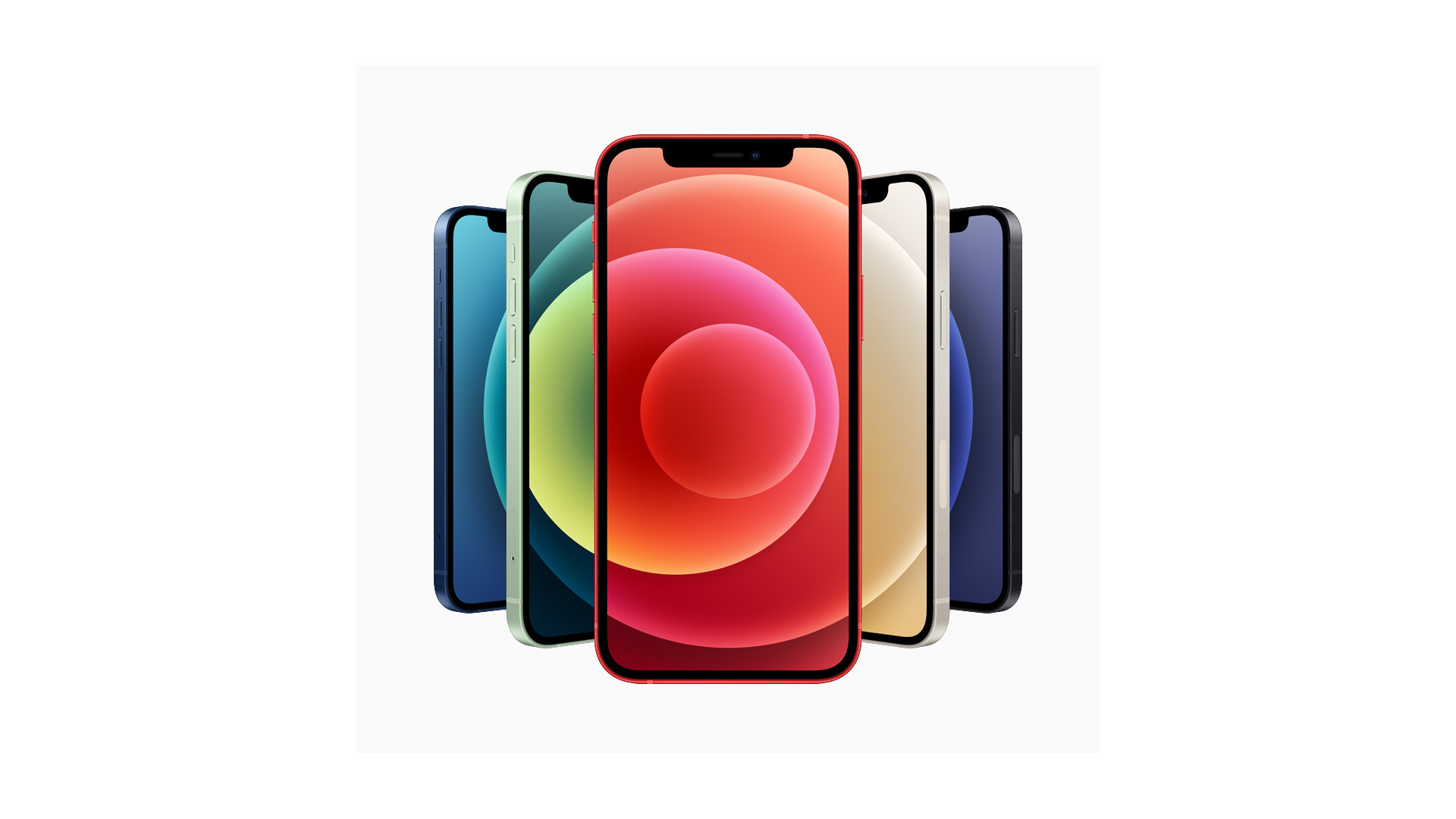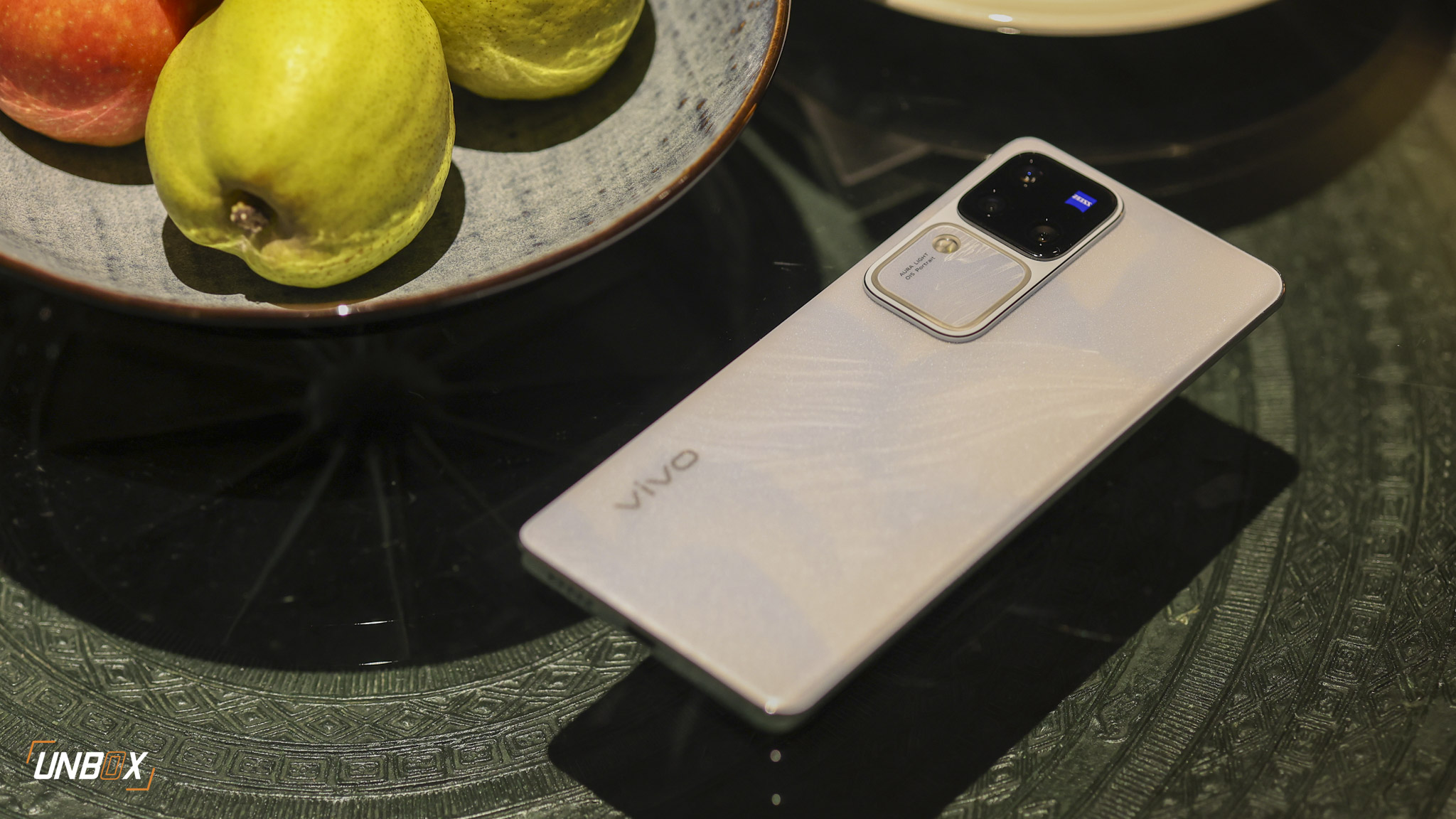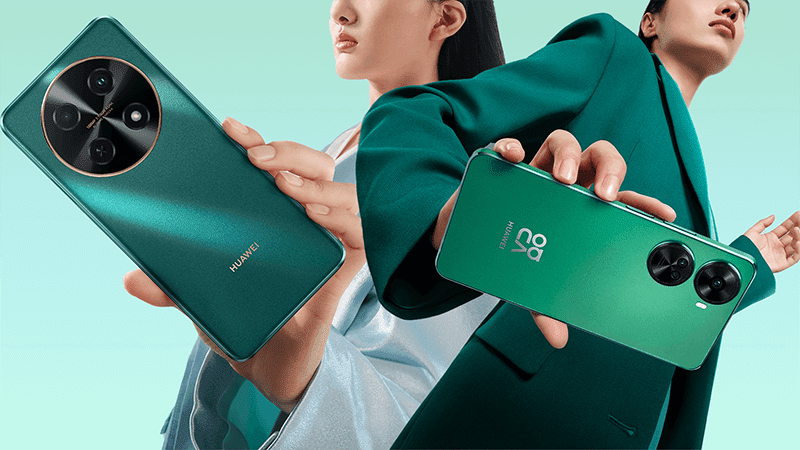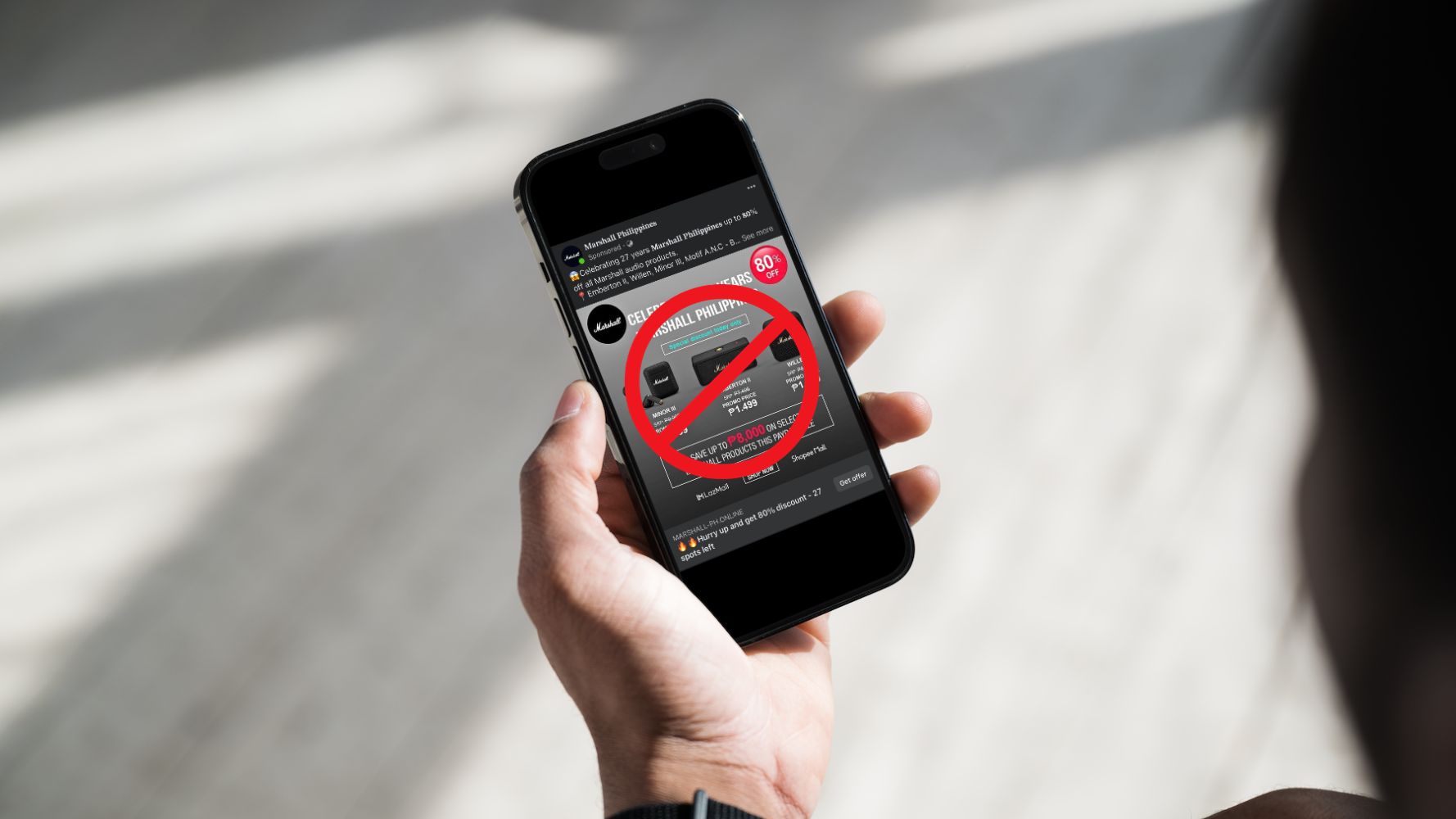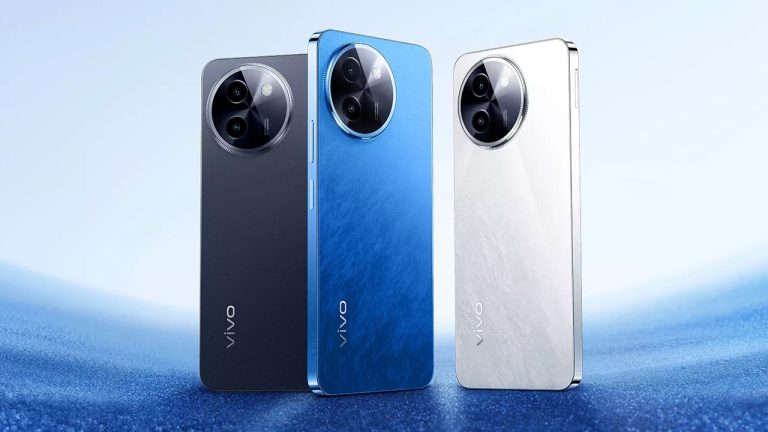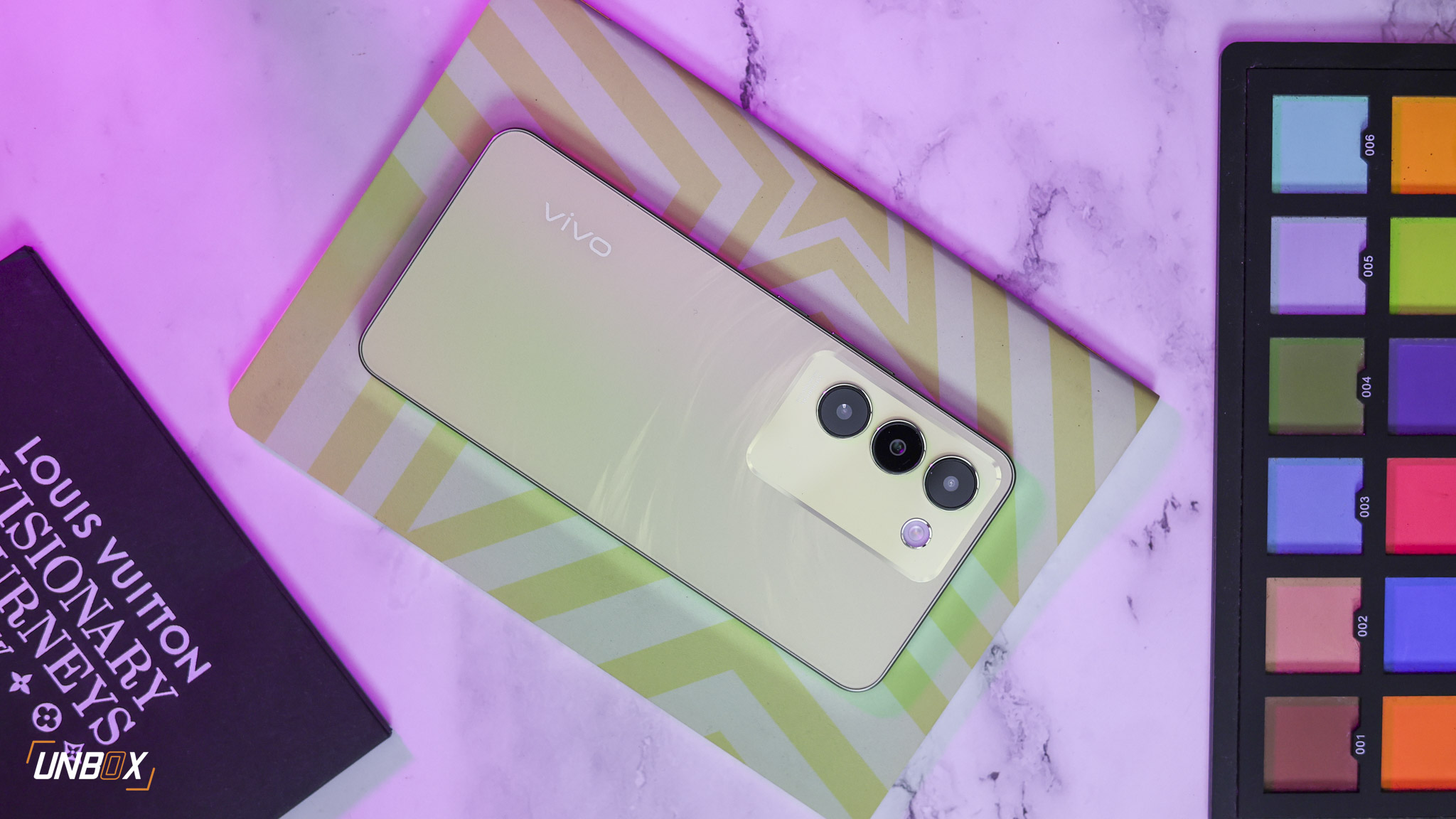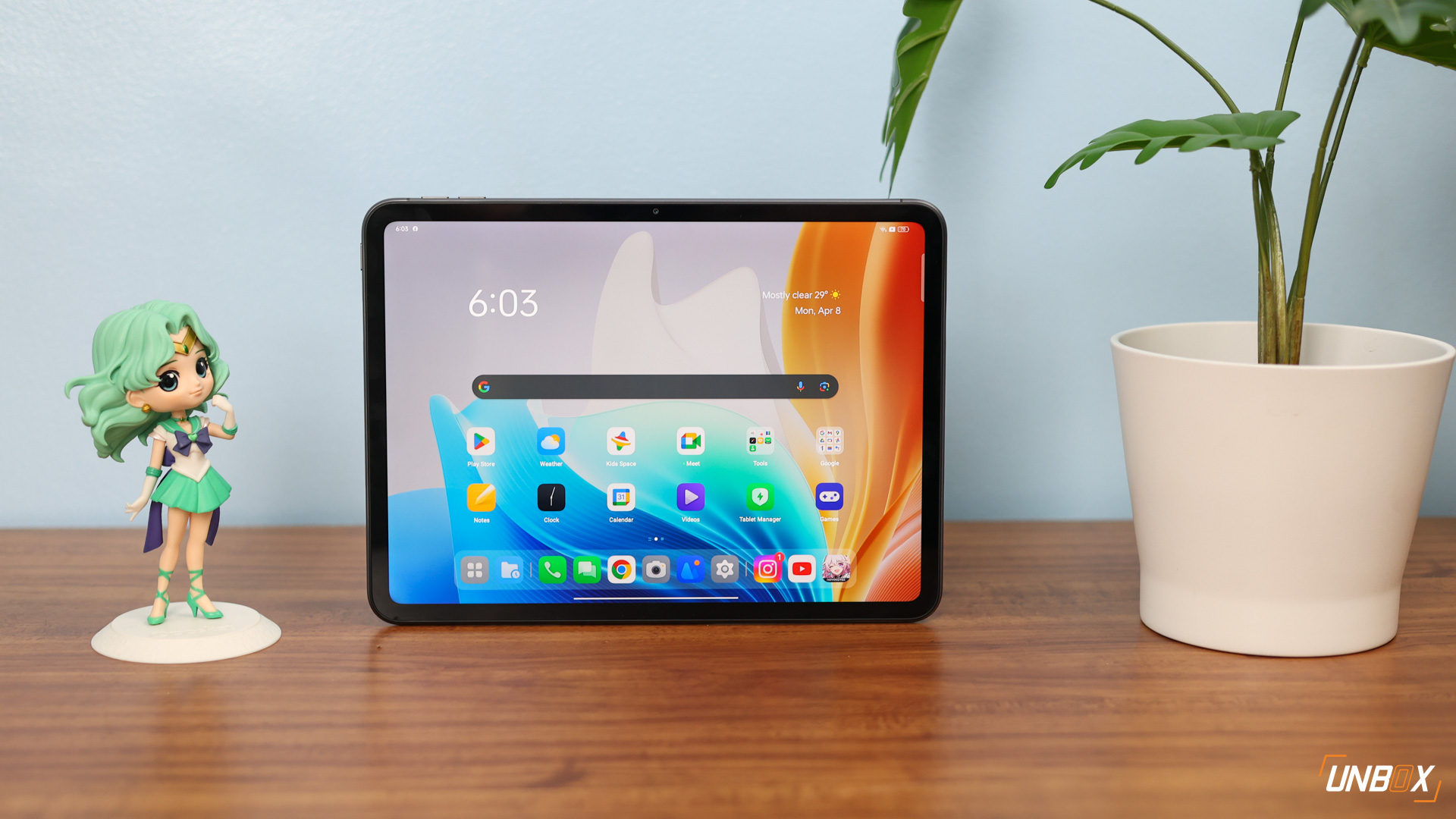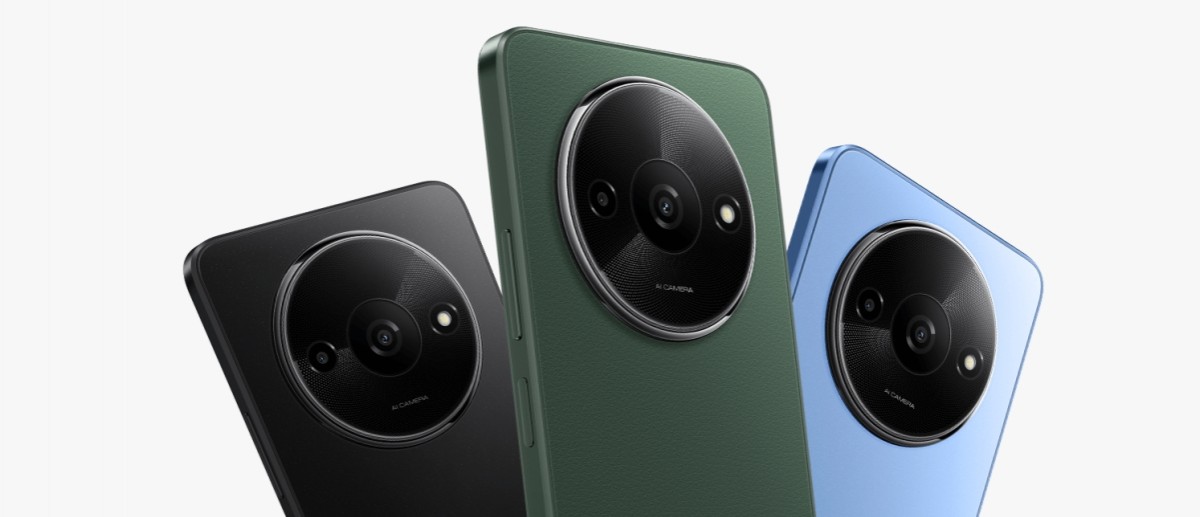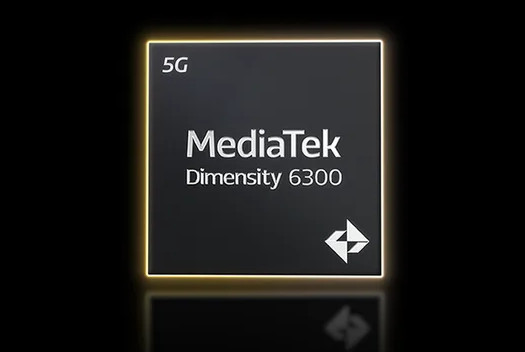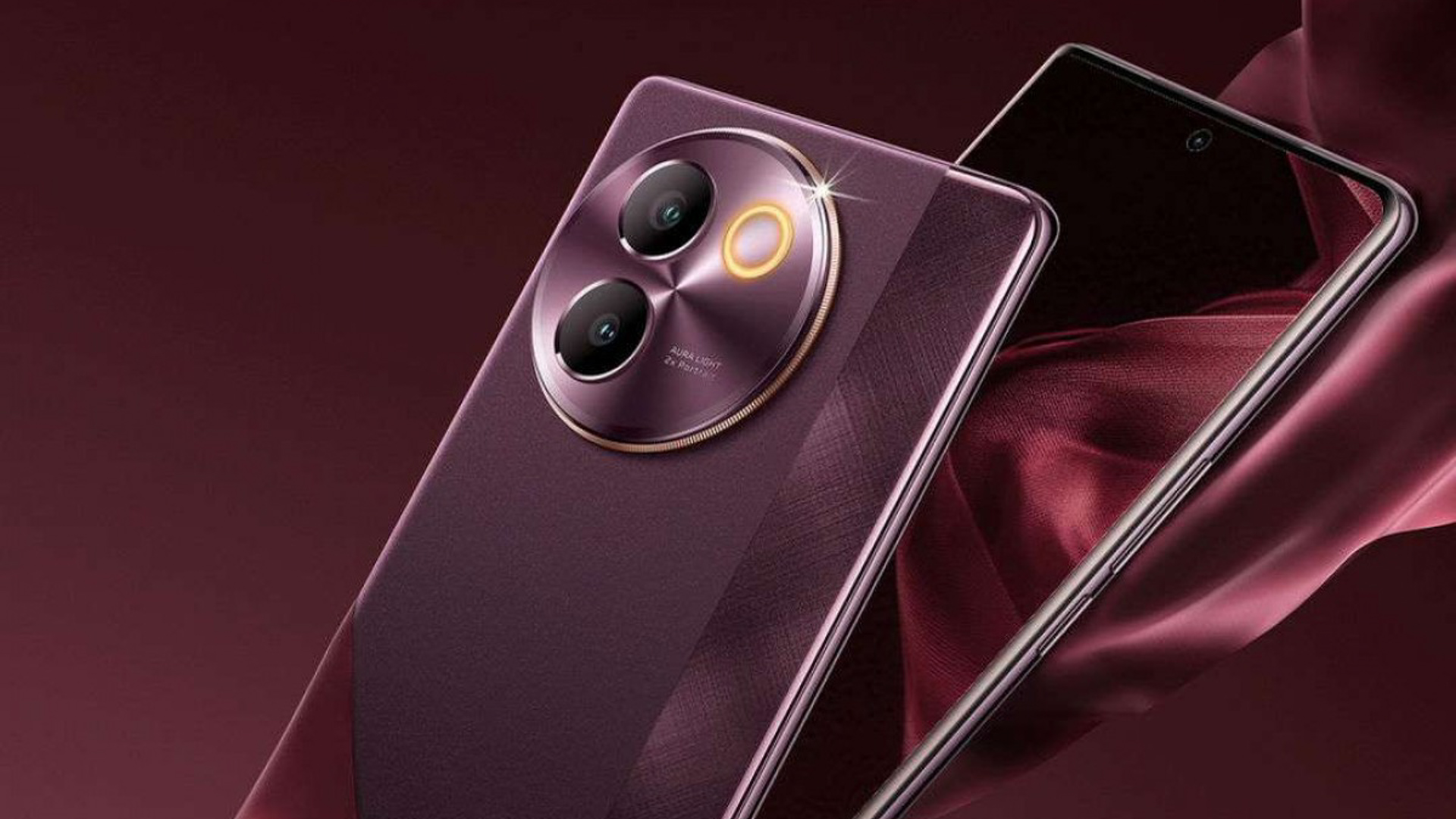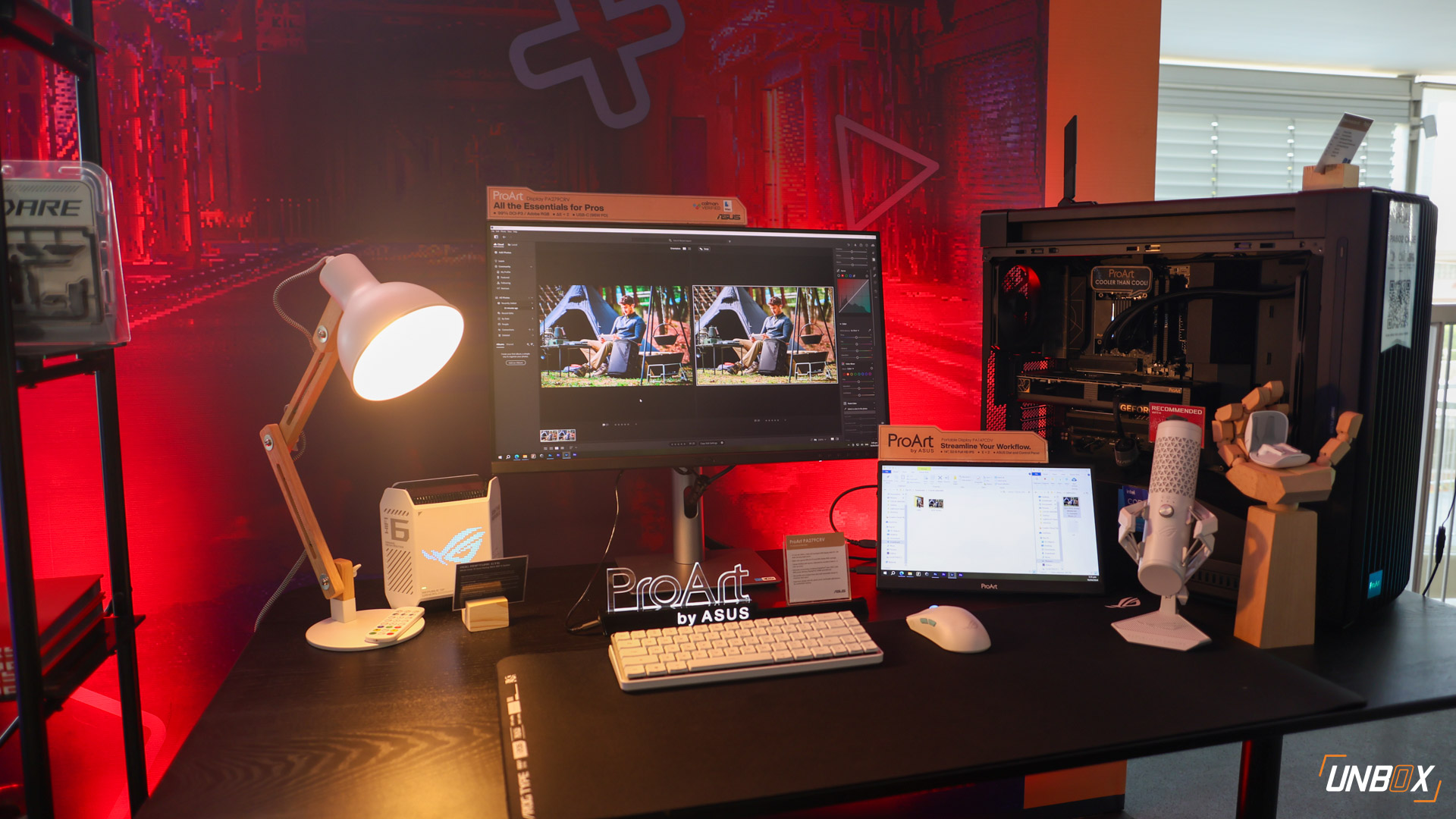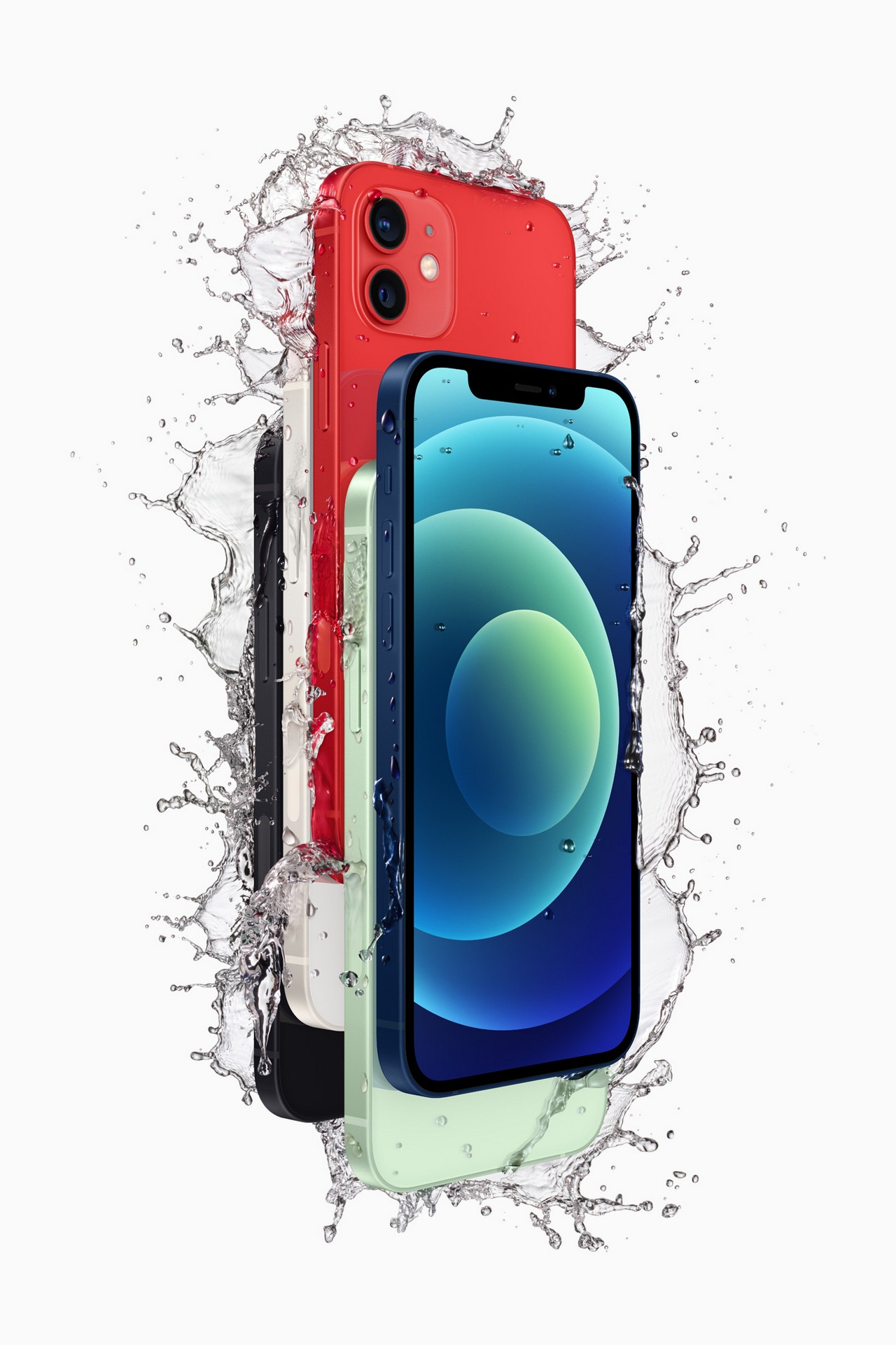
Apple has taken the wraps off of its new phones today, and boy is there a lot of them. Aside from the vanilla iPhone 12 that we’ve all come to expect, the company also announced three other variants: the iPhone 12 mini, iPhone 12 Pro, and the iPhone 12 Pro Max.
Before we dive into the differences in the new phones, let’s talk about the similarities first. All four phones use OLED displays, which means deep blacks, vivid colors – all things that you expect from a phone that has the iPhone’s price tag.
All three phones will also be 5G-capable, which should come in handy in countries like the Philippines, thanks to both Smart and Globe’s roll-out of the next-generation wireless tech in the metro. All of the new iPhones are capable of using the two most common 5G networks: mmWave and sub-6GHz, which allows the iPhone 12 to connect to a large variety of 5G networks in the world.
All three phones also use Apple’s new A14 Bionic, which curiously enough, first debuted on the company’s iPad Air. The A14 is the first chip built on Apple’s new 5nm process. The six-core chip has two high-performance cores and four lower-power cores as well as four GPU cores. Apple estimates that the new A14 chip is around 15 percent faster than the A13 while using 30 percent less power.
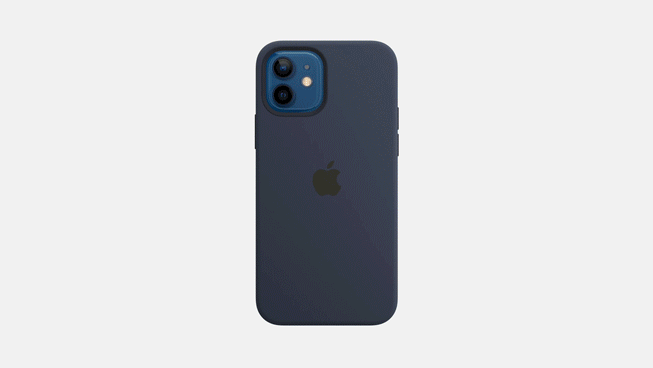
The new phones also get a new design that’s a bit of a throwback to Apple’s iPhones of yore, utilizing flat edges that’s reminiscent of the iPhone 4.They all have wireless charging capabilities via Apple’s MagSafe that utilizes magnets on the back to securely connect compatible wireless chargers.
With the similarities out of the way, let’s talk about the specific features of the four devices:
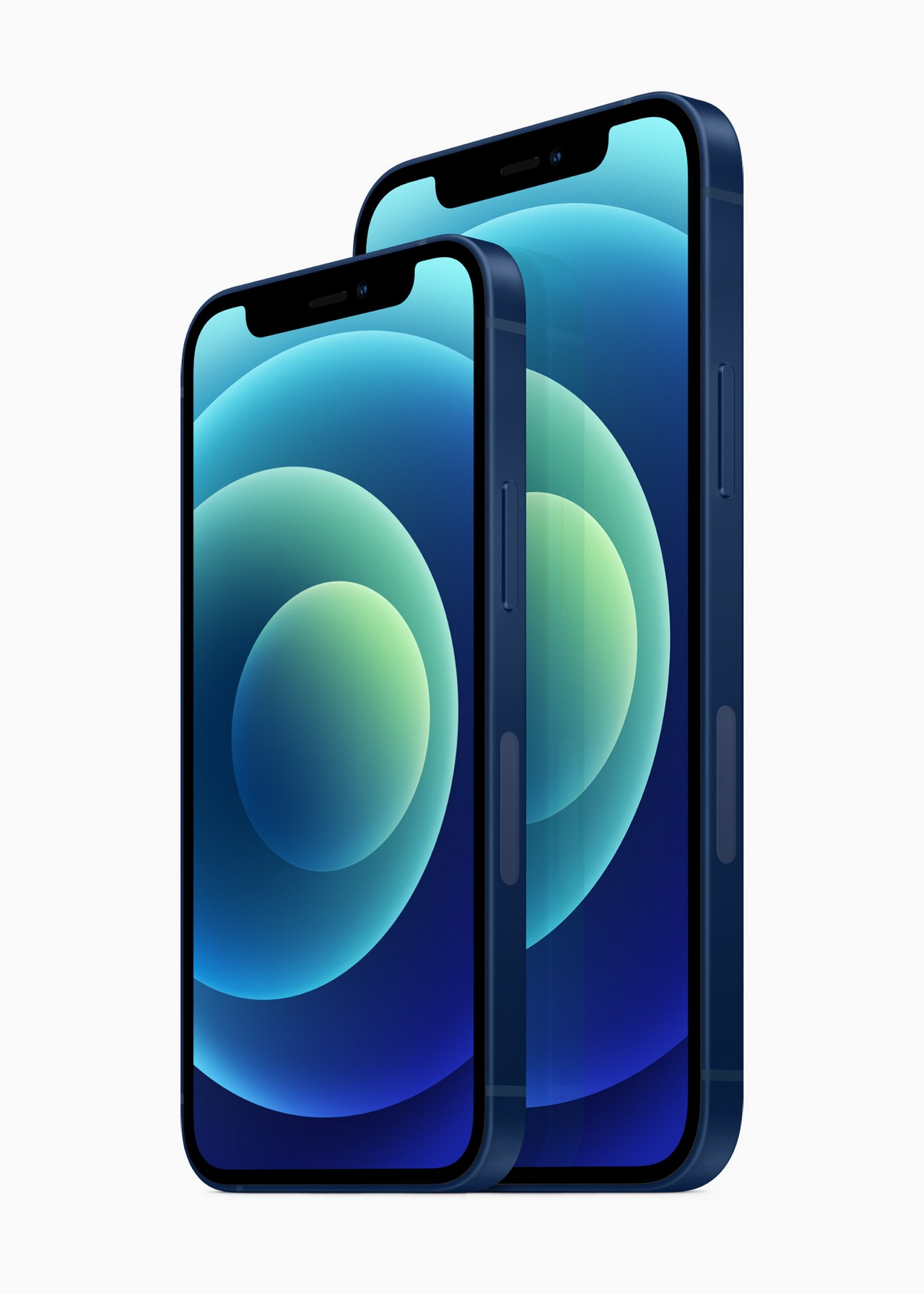
iPhone 12 mini
- The smallest of the lot, sporting a 5.4-inch OLED display
- Gets the new “Ceramic Shield” protection on the display
- Only gets two cameras on the rear: 12-megapixel primary snapper with f/1.6 aperture lens, and a 12-megapixel ultra-wide camera
- Despite having a bigger display than the iPhone SE (2020), it has a smaller physical size overall
- Has wireless charging capabilities
- Starts at $699 (Php 34K)
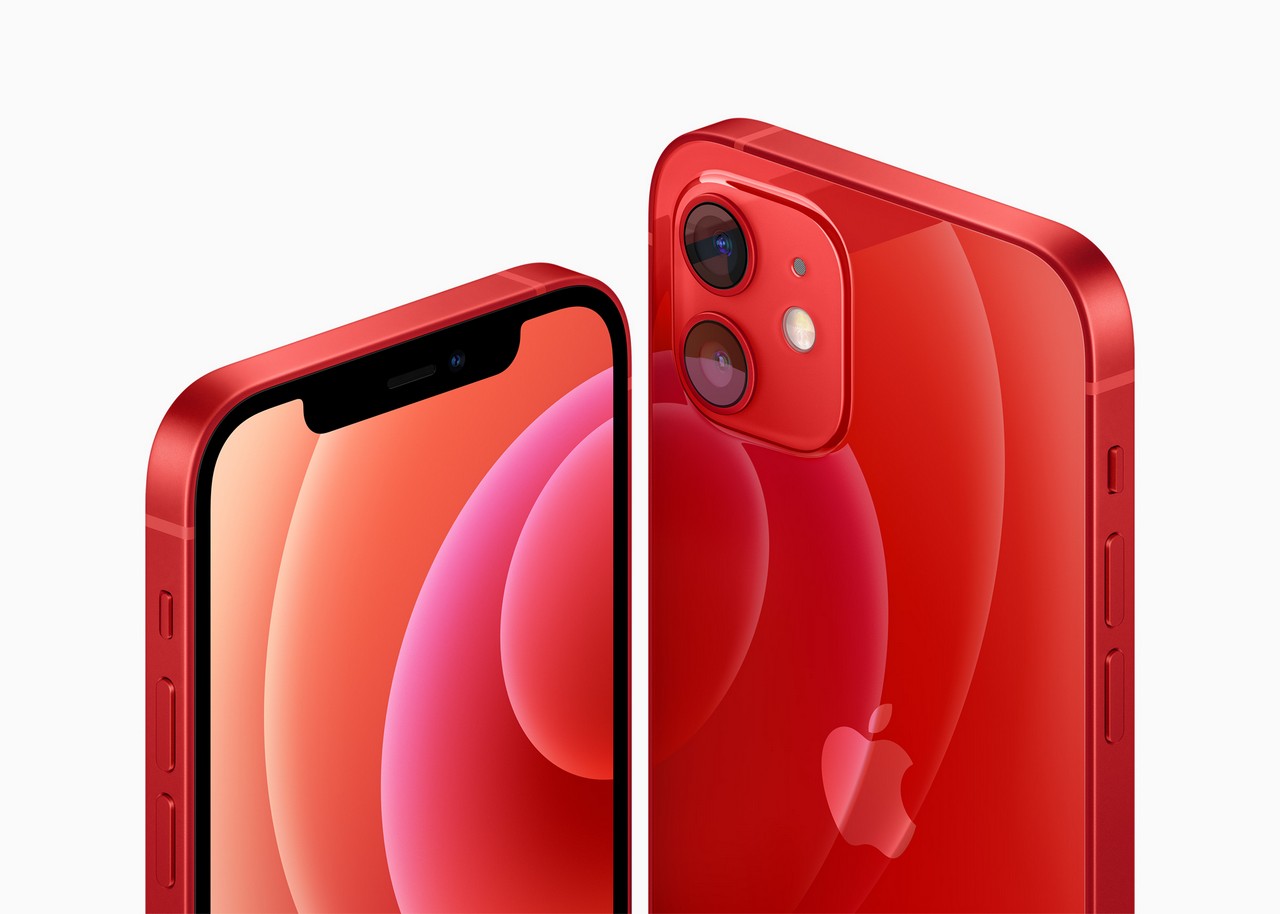
iPhone 12
- Has a 6.1-inch OLED display with the same Ceramic Shield glass protection as the iPhone 12 mini
- The resolution for the display is 2532 x 1170, which results in an ultra-sharp 460 PPI
- The same dual-camera module as the iPhone 12 mini: 12-megapixel primary snapper with f/1.6 aperture lens, and a 12-megapixel ultra-wide camera
- Wireless charging via “MagSafe” magnetic charging on compatible chargers
- Starts at $799 (Php 38.9K) for 64GB variant
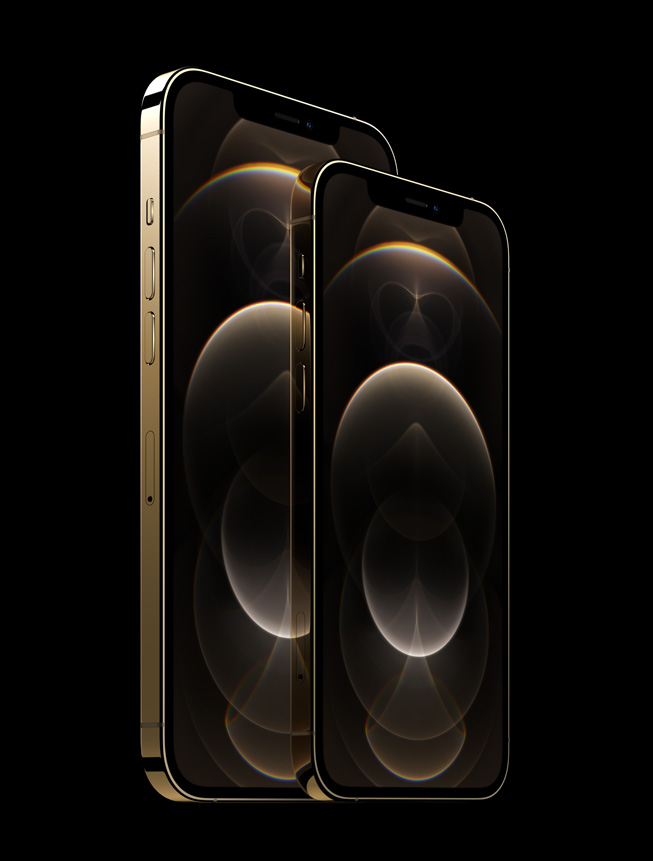
iPhone 12 Pro
- Same display as the iPhone 12
- Stainless steel frame VS aluminum frame on the standard iPhone 12
- LiDAR sensor that allows for quick distance calculations to an object (basically fulfills the same function as a
- ToF sensor)
- Three cameras: 12-megapixel main snapper, 12-megapixel ultrawide camera, and a telephoto lens
- Wireless charging via “MagSafe” magnetic charging on compatible chargers
- Starts at $999 (Php 48.6K) for 128GB variant
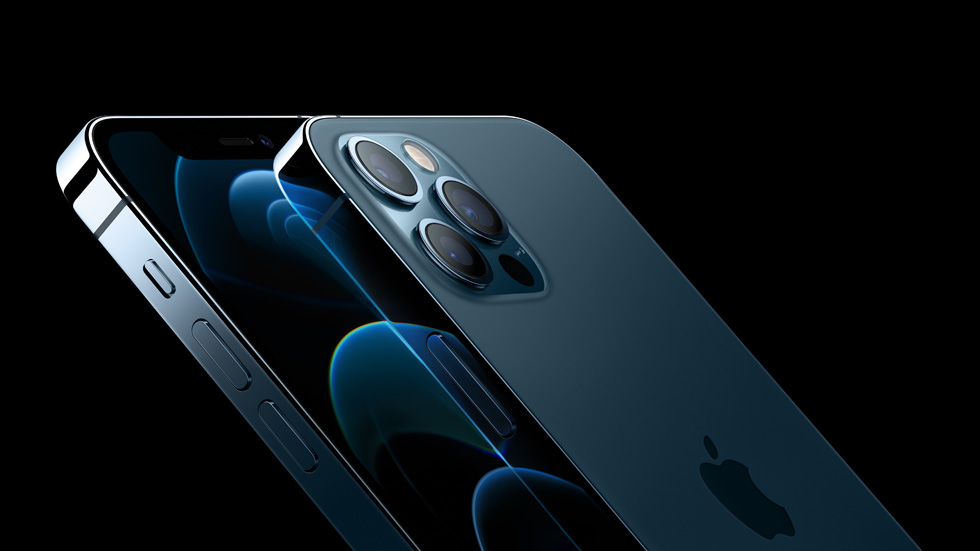
iPhone 12 Pro Max
- The biggest phone in the series, sporting a 6.7-inch OLED display with the same Ceramic Shield glass protection as its brothers
- Stainless steel frame VS aluminum frame on the standard iPhone 12
- LiDAR sensor that allows for quick distance calculations to an object (basically fulfills the same function as a ToF sensor)
- Three cameras: 12-megapixel main snapper, 12-megapixel ultrawide camera and a telephoto lens
- Wireless charging via “MagSafe” magnetic charging on compatible chargers
- Starts at $1,099 (Php 53.5K) for 128GB variant


